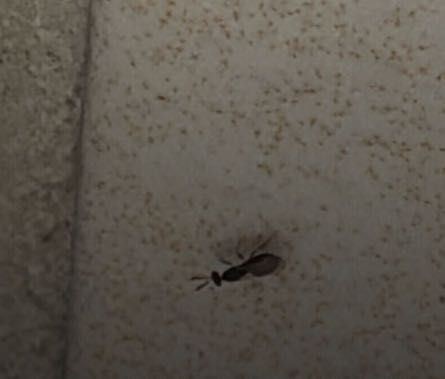Flying Ant (Winged Ant)
Scientific Name: Various species within Formicidae
Order & Family: Hymenoptera (Order), Formicidae (Family)
Size: 3 mm to 15 mm, depending on the species.

Natural Habitat
Flying ants are typically found emerging from ant nests, which can be located in soil, wood, under rocks, in walls, or other sheltered locations, both outdoors and indoors.
Diet & Feeding
Ants have varied diets, depending on the species. They can be omnivores, feeding on sugars, proteins, fats, and other insects (live or dead). The winged forms do not typically feed during their brief mating flights.
Behavior Patterns
Flying ants are winged reproductives (alates) emerging from colonies, typically during warm, humid weather. They swarm to mate, after which males die and fertilized queens seek new locations to establish colonies, shedding their wings. Often seen indoors when colonies are nearby or disturbed.
Risks & Benefits
Generally, flying ants are not harmful to humans. They do not sting (unless they are a species like fire ants) or bite without provocation. Their presence indoors usually indicates a nearby ant colony, which can be a nuisance or, in the case of carpenter ants, a risk to wooden structures. Outdoors, ants play roles in ecosystems as scavengers, predators, and soil aerators.
Identified on: 8/31/2025